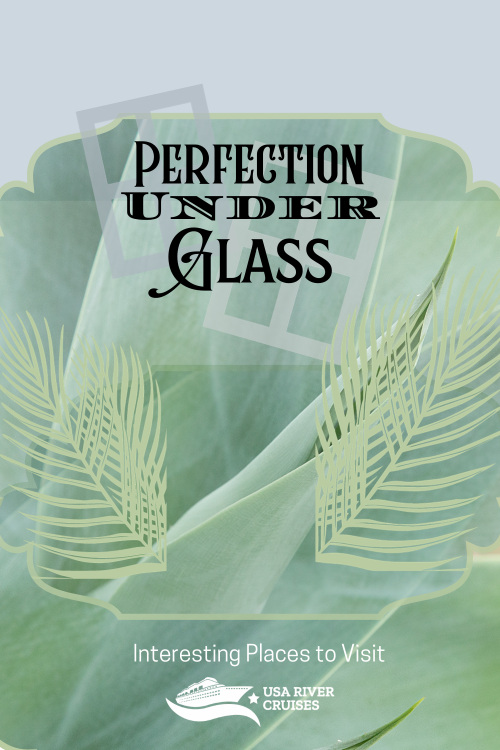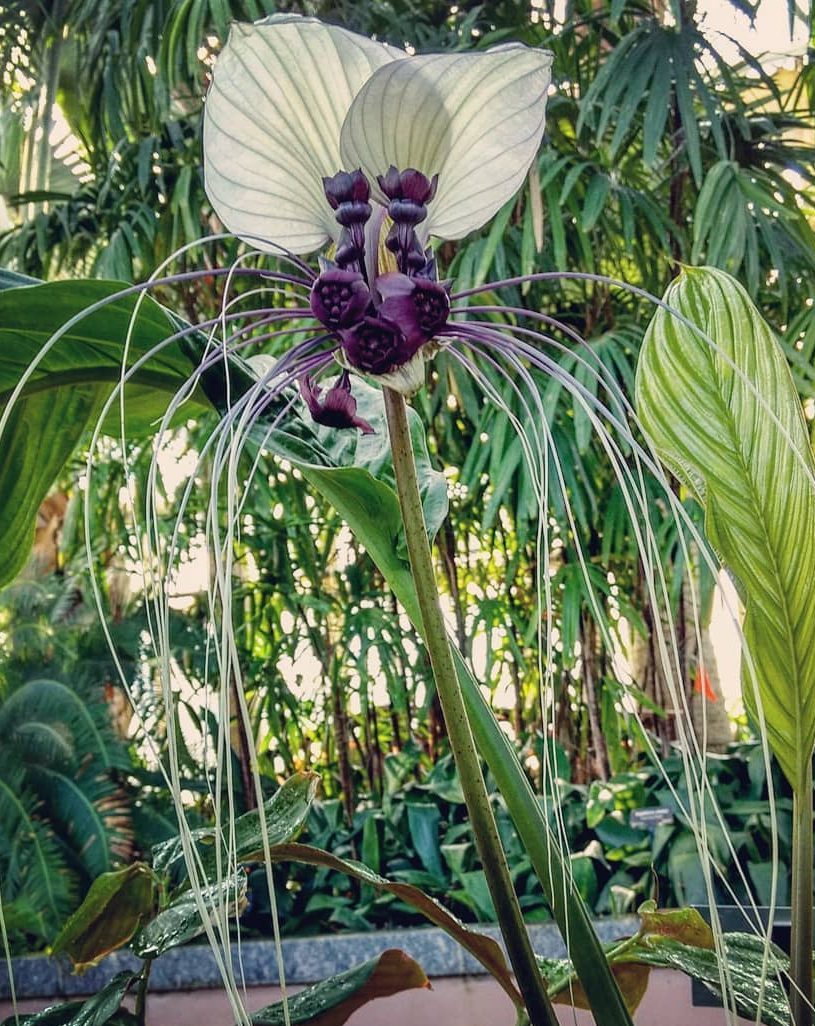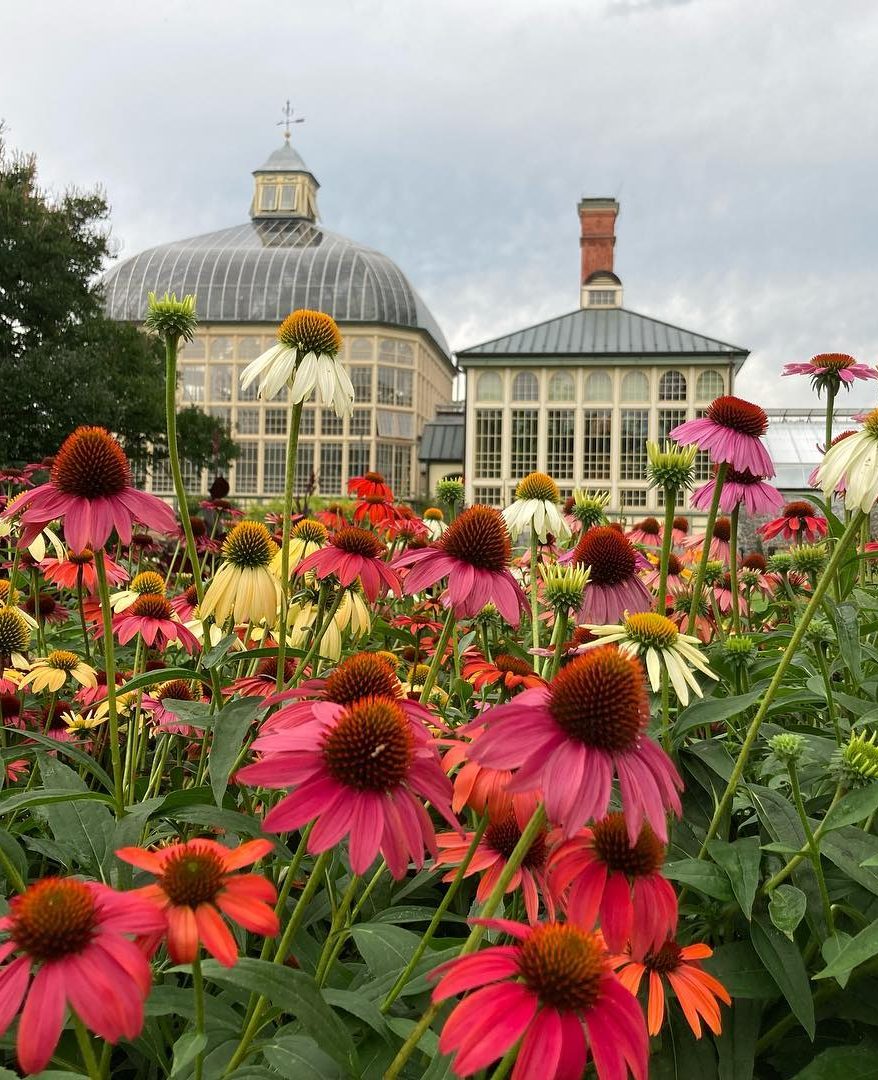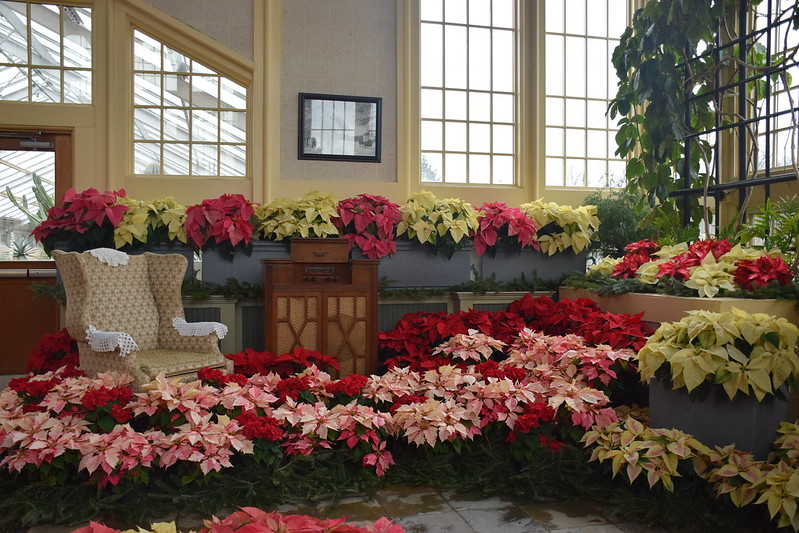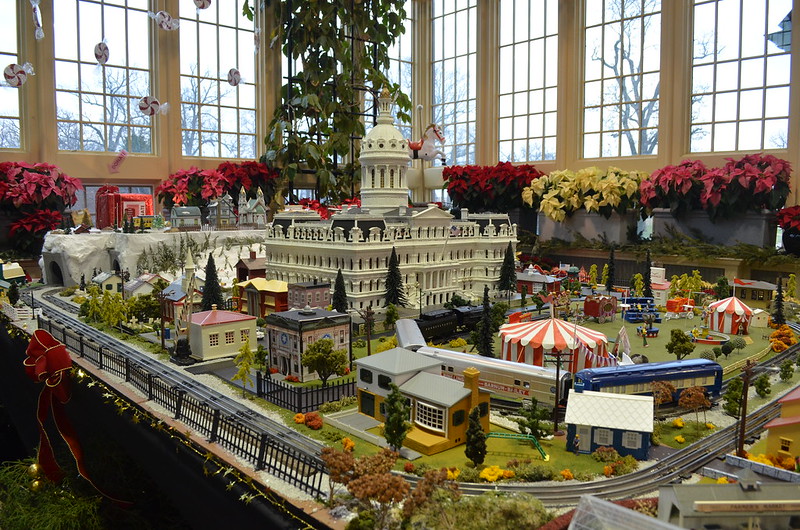
Perfection Under Glass
The Rawlings Conservatory
Baltimore, Maryland
By Dawn Woolcott
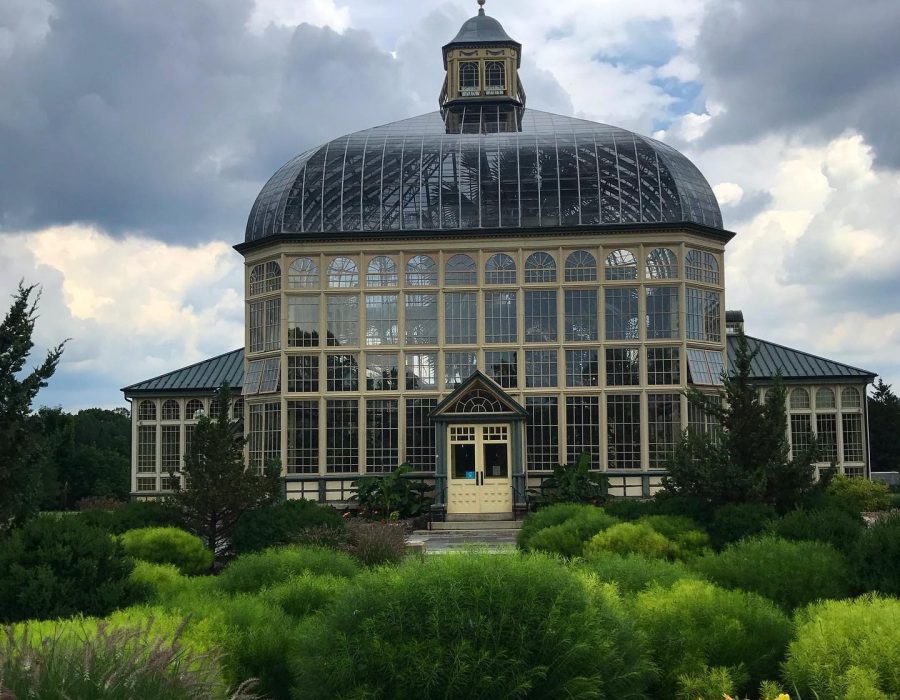
Imagine a world in which we did not have the world at our fingertips. With the phone in our hand, we can access images of Machu Picchu, African antelopes, or flowering corpse plants in seconds. Traveling to another climate zone can be accomplished in a matter of hours. It is a wonderful time to be alive for those who crave knowledge. For our not-so-distant ancestors, first-hand knowledge was much harder to come by. You would have to travel by steamship for weeks if not months on end to see anything other than an illustration. First-hand experiences are always preferable. There really is no comparison to seeing an illustration of a sloth in an Encyclopedia versus seeing one in person, or looking at a drawing of a flower versus standing next to it and breathing in its fragrance.
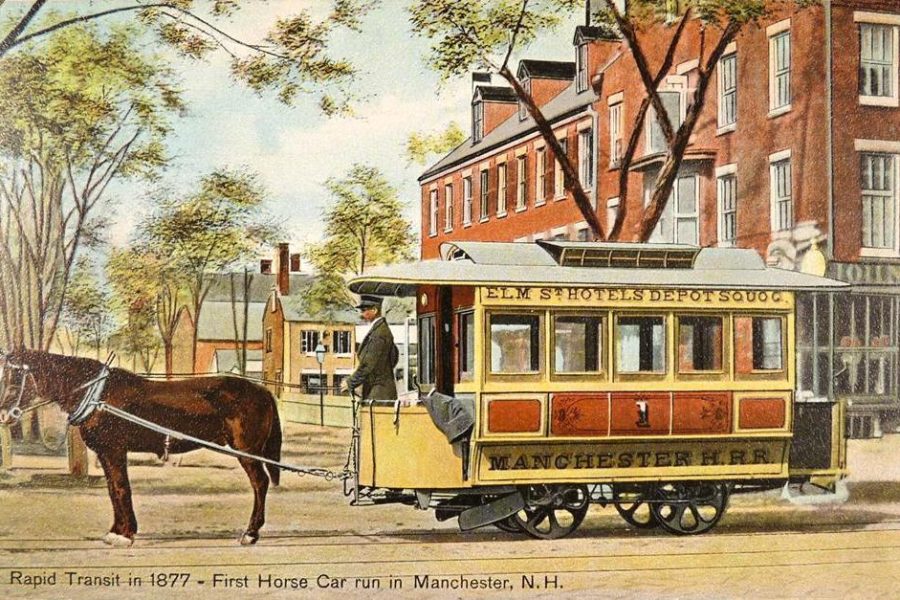
The period of the mid to late 1800s was a great time of urban planning in the United States, with new buildings and municipal projects starting seemingly everywhere. The city of Baltimore, Maryland was no exception. With a penny tax issued on horse-cars, a popular form of public transportation, the city managed to raise enough money to purchase a 745 acre tract of land on which they planned to build a park full of experiences to bring the world to its citizens. A world of knowledge would be placed practically on their doorstep. The grand plan included a zoo, a botanical garden, and a large lake with a walking path around its perimeter, and paths through existing woodlands.
The park was located on the edges of the city. It was named Druid Hill by the original property owners, and the city retained the name. The first to be built was the Druid Park Lake – a large man-made lake which quickly became a favorite place to stroll for citizens. Exotic Chinese style pavilions were added for picnickers to escape the weather. Five years later, the Baltimore Zoo opened. While the botanical gardens had always been planned, it was the last major attraction to be built. The planners took the job seriously though, even investing in its design by sending one of the designers to London to see the magnificent Palm House at the Royal Botanical Garden at Kew Gardens. This botanical green house was built in 1848 and predated the extraordinary Crystal Palace which was built for the 1851 World’s Exposition in London, initiated by Queen Victoria’s husband, Prince Albert. These Victorian era conservatories became extremely popular.
Returning to Baltimore inspired, the designers laid plans to move ahead and began building the new conservatory. Completed in 1888, the new Druid Hill Conservatory was a stunning example of elegance with symmetrical design and scale. It was slowly filled with exotic plants from all over the world. Much like the Baltimore Zoo, which began with animals given from residents of the city from their private collections (because who doesn’t have a private collection of wild animals?) the Conservatory began with donations of plants from other places or private collections.
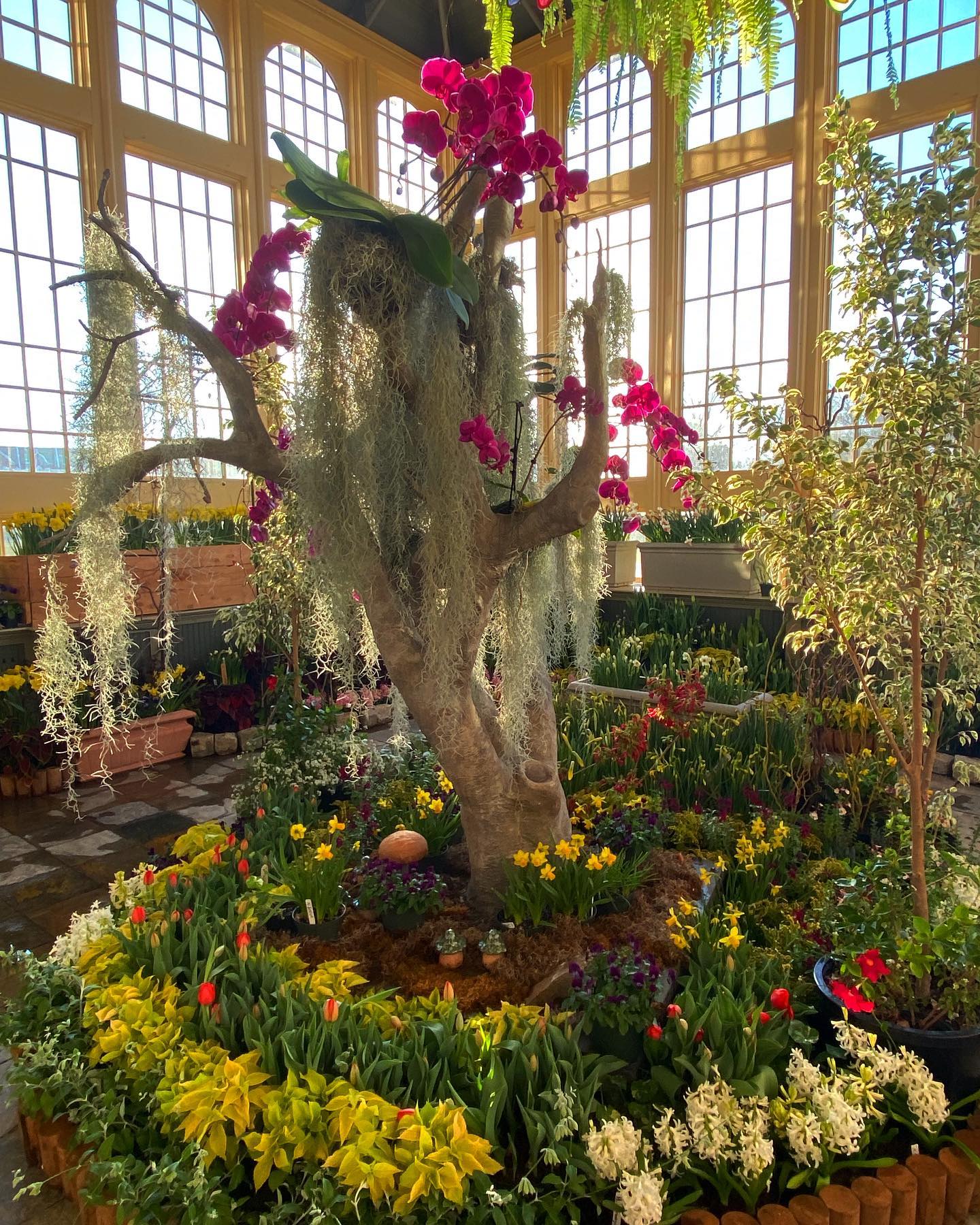
The main Palm House soars to 50 feet to accommodate exotic palms unable to grow in Baltimore’s climate of hot summers and cold winters. A smaller conservatory contained a collection of colorful orchids. In the 1920s, three additional rooms were added, each to contain its own microclimate including the Mediterranean, with hot summers and mild winters, a tropical climate with intense sun above and deep shade below with high humidity, and a desert climate with intense sunlight, extremely high daytime heat and cold nights.
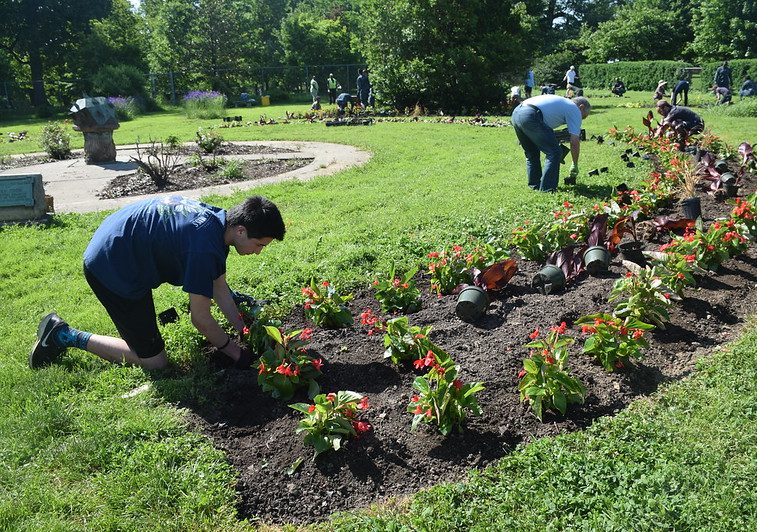
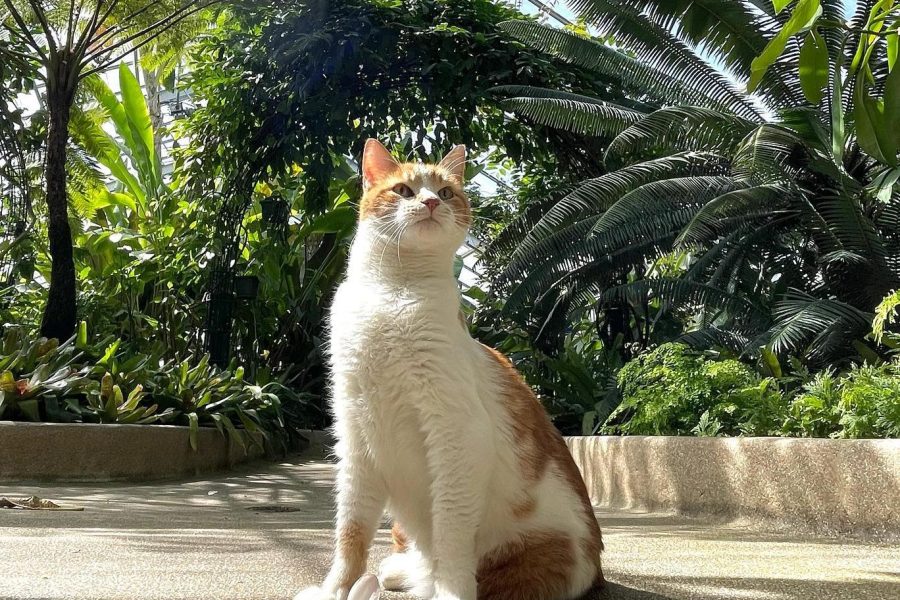
Maintenance of large community projects such as Druid Park is always an issue, and the tough conditions of a greenhouse can wear on even a building built mostly of glass and iron. In 2004, an enormous two-year restoration project was undertaken to bring the Conservatory back to its former glory. Newly renamed for a local representative, it is officially the Howard Peters Rawlings Conservatory and Botanical Gardens (or the Rawlings Conservatory for short.) No longer needing a flock of sheep to keep the lawn tidy – as was used before lawnmowers were in common use, the grounds around Rawlings are maintained by the Baltimore Parks and Rec Department and their own flock of volunteers who show up on garden work days. The community’s pride in the conservatory shows.
If you are lucky, you’ll arrive when a special exhibit is on display, such as past events like their holiday “It’s a Wonderful Life” poinsettia exhibit, or the model train display. You’re sure to find plenty to see and do on a visit to the Conservatory – including searching for Mango, the resident conservatory cat. The community’s pride is truly justified with this beautiful structure. While San Francisco has the first Palm House to be built in the USA, the Rawlings Conservatory was the second. The park itself ranks with New York’s Central Park and Philadelphia’s Fairmount Park as the great municipal parks found in the country. The Conservatory is Druid Park’s crown jewel and is itself, perfection under glass.
You can visit Baltimore and experience the Rawlings Conservatory yourself on a Chesapeake Bay cruise.
Save this story to Pinterest for future reference
